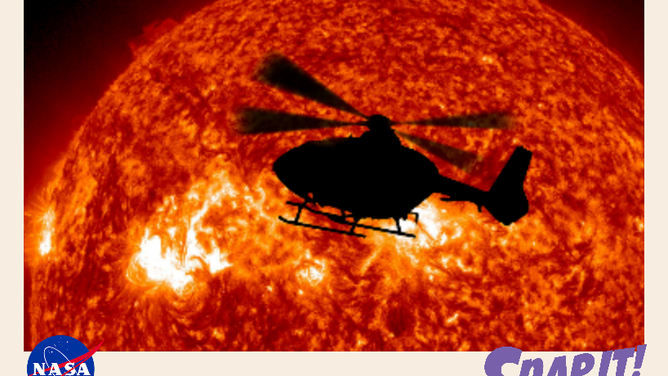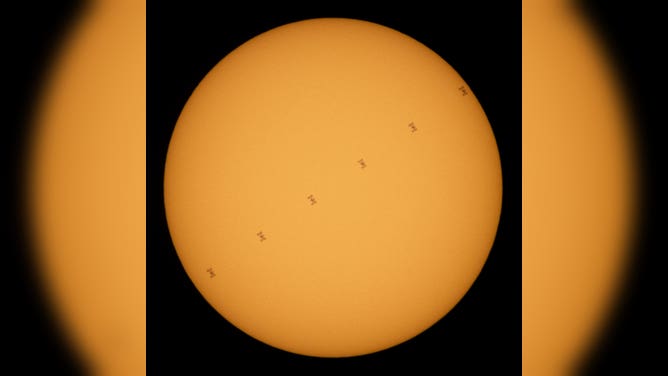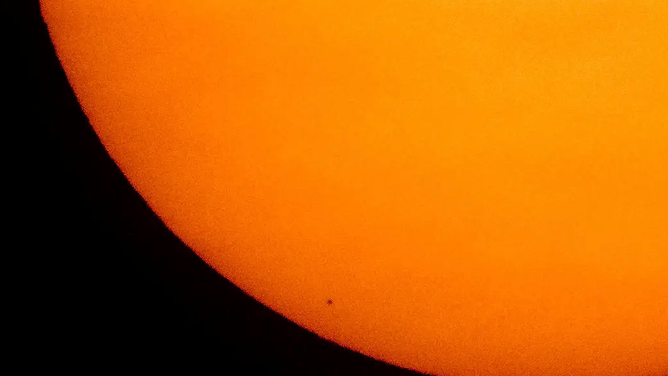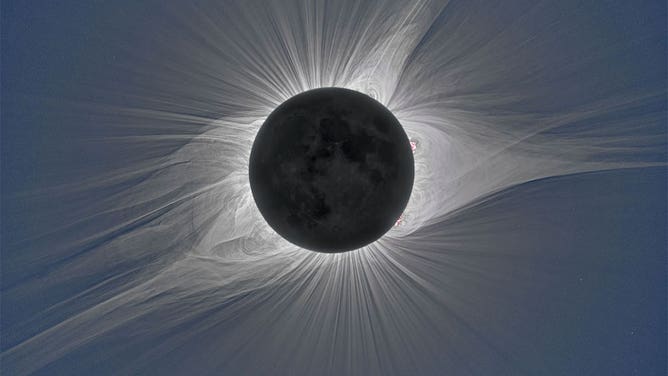This free NASA game can teach kids about the solar eclipse
NASA scientists make learning fun by explaining what a total solar eclipse is and how it happens in a game.
How to watch the total solar eclipse live
FOX Weather will stream the total solar eclipse live on April 8 from different points along the path of totality. FOX Weather Correspondent Robert Ray explains how he plans to capture the eclipse from Indiana.
Thirty million Americans can watch the last total solar eclipse visible in the U.S. for the next twenty years and NASA doesn't want the little ones left out of the spectacle.
Whether you are a kid or just a kid at heart, NASA wants you to know about the total solar eclipse that occurs on April 8th.
The agency released "Snap It!," an online game for kids 7 years old and up. Players help an intergalactic traveler who comes to Earth to learn about eclipses.
WHAT YOU NEED TO KNOW ABOUT APRIL'S TOTAL SOLAR ECLIPSE
The one-eyed, blue shutter-bug says there are no eclipses on its planet, and needs help taking pictures of it.
Players learn that stuff crosses in front of the Sun all the time. It is only the Moon that is large and close enough to cast a shadow over the closest star to our planet. Players take photos of birds, hot air balloons, jets, comets and planets as they pass in front of the Sun. They can zoom in and out and even change filters to see the different features that become visible. All those objects are different sizes, teaching players about perspective as well.

A postcard that kids can print or send electronically.
(NASA)
"During the game, you might notice some objects are bigger than others," NASA explains on its website. "That’s because the objects are different sizes and different distances from you. Objects that are far away, like Mercury, look smaller — even though Mercury is an entire planet that’s even larger than the Moon. Objects that are closer to Earth – or even in Earth’s atmosphere, like a plane – look bigger."
Children can print out their favorite "photos" as postcards to teach others.
NASA also shares its own pictures of objects transiting, moving in front of, the Sun along with a rare glimpse of the Sun's corona, only visible when the bright Sun is in shadow.
HOW TO SAFELY WATCH A SOLAR ECLIPSE
If you do watch the eclipse with your kids, be very careful about covering everyone's eyes with ISO 12312-2 safety glasses and camera filters.
"Children are especially at risk, as young eyes transmit more light through to the retina than adult eyes," warned the Australian Radiation Protection and Nuclear Safety Agency online. "This makes children’s eyes more susceptible to damage from intense light."
FAKE SAFETY GLASSES LEFT WOMAN WITH PERMANENT EYE DAMAGE DURING 2017 SOLAR ECLIPSE, DOCTOR SAYS
Looking at the Sun can permanently burn the eye's retina, damaging the cells that receive the light and send the information to the brain. That can cause blindness, blurry and distorted vision and alter color vision. There is no cure or treatment.



